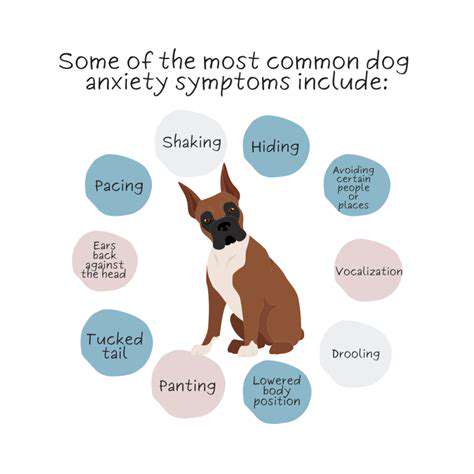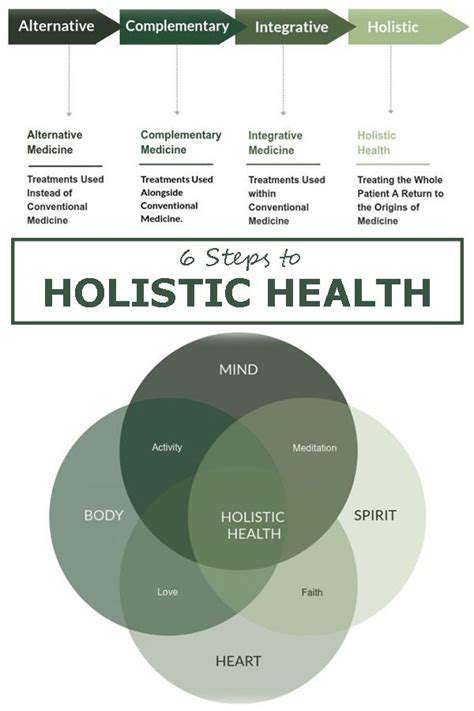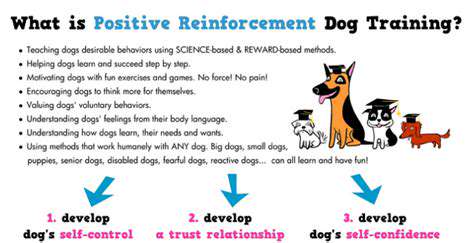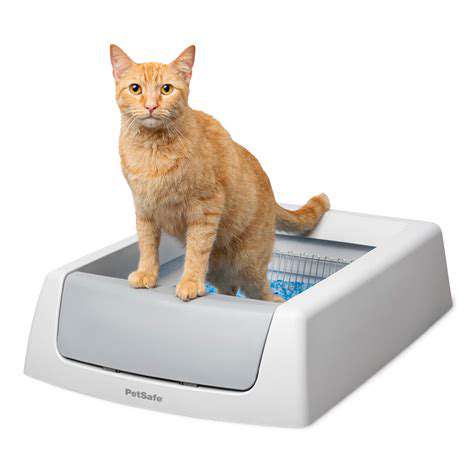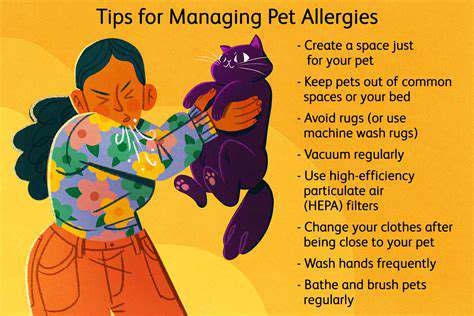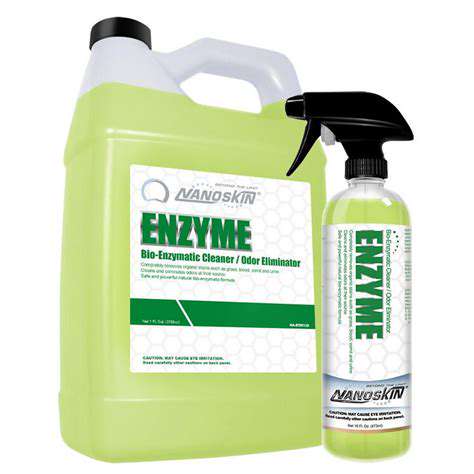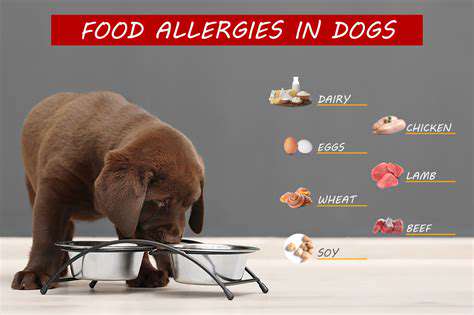Pet Travel Crates: Safe and Secure
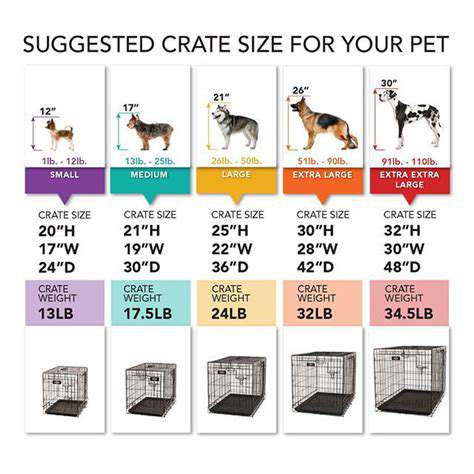
Choosing the Right Crate Size
Selecting an appropriately sized crate for your furry companion requires careful consideration. The ideal enclosure should allow your pet to stand, turn around, and lie down comfortably without excessive space that could create anxiety. Taking precise measurements of your pet's height, length, and width while standing is the foundation for choosing correctly. For growing animals, consider purchasing a crate with adjustable partitions that can accommodate their development.
Different life stages present unique requirements. Puppies and kittens need smaller spaces that feel den-like, while adult animals require more room to stretch. Some manufacturers offer growth-adjustable crates that can be modified as your pet matures, providing both economy and convenience.
Crate Dimensions and Your Pet's Needs
Three-dimensional space planning is essential when evaluating crates. Beyond basic measurements, observe your pet's natural postures and movements. Some breeds frequently stretch upward, while others prefer to curl tightly when resting. The crate should complement these natural behaviors rather than restrict them. For animals that enjoy perching or standing tall, additional vertical clearance is particularly important.
Remember that the interior space includes bedding and any accessories. These items will reduce the available area, so factor them into your size calculations. Proper sizing prevents the development of negative associations with confinement and promotes relaxation during travel.
Impact of Crate Size on Training
Behavioral specialists emphasize the connection between crate dimensions and training effectiveness. An appropriately sized enclosure creates a secure environment that facilitates learning. Oversized crates may allow elimination in one corner while sleeping in another, undermining house training efforts. Conversely, cramped quarters can generate stress that impedes the learning process.
The golden rule for training crates is providing just enough space for comfort without excess room that might encourage undesirable behaviors. This balanced approach helps establish positive crate associations while supporting training objectives. Many professional trainers recommend gradually increasing space as the animal demonstrates consistent good habits.
Maintaining the Correct Crate Size Through Growth
Regular size assessments are crucial for young, growing pets. A good practice is to evaluate the fit monthly during the first year. Watch for signs that your companion needs more space, such as difficulty turning around or assuming comfortable resting positions. Some telltale indicators include reluctance to enter the crate or appearing cramped when inside.
Proactive size adjustments prevent the development of negative crate associations. When upgrading, consider donating the outgrown crate to animal shelters where it can provide comfort to pets in transition. This thoughtful approach ensures your companion always has appropriate accommodations while supporting other animals in need.
Material Matters: Durability and Safety
Durability in Pet Travel Crates
The construction quality of travel enclosures directly impacts both safety and longevity. High-impact plastics and reinforced metals offer superior protection against the rigors of transportation. When evaluating durability, consider both the primary materials and the quality of joinery - weak hinges or flimsy connectors compromise even the sturdiest components.
Weight capacity specifications should exceed your pet's current size to accommodate natural fluctuations. For airline travel, verify that the crate meets or exceeds all relevant transportation safety standards. These certifications indicate rigorous testing for structural integrity under stress conditions.
Safety Features for Unwavering Security
Modern crates incorporate multiple safety innovations that go beyond basic containment. Look for dual-locking mechanisms that prevent accidental openings during transit. Ventilation systems should provide airflow without creating potential escape routes or injury risks. Rounded interior edges and smooth surfaces minimize the chance of cuts or abrasions.
Advanced designs now include breakaway panels for emergency egress while maintaining security during normal use. These features are particularly valuable in vehicles where quick evacuation might become necessary. Always check that all safety components function smoothly before each journey.
Choosing the Right Size for Your Pet
The relationship between crate size and animal comfort follows principles of animal psychology. Canine and feline behaviorists recommend enclosures that provide security without confinement stress. For anxious travelers, slightly smaller spaces often provide more comfort than oversized options that can feel exposed and insecure.
When measuring, include all physical attributes - long tails, erect ears, or unique postures may require additional clearance. Some manufacturers provide breed-specific sizing charts that account for these variations. These resources can simplify the selection process for owners of distinctive breeds.
Material Considerations: Strength and Durability
Material selection involves balancing multiple factors: weight, durability, insulation, and cleanability. Aircraft-grade aluminum offers exceptional strength-to-weight ratios, while reinforced polymers provide impact resistance without excessive bulk. For water travel, corrosion-resistant materials become essential.
Surface treatments can enhance material performance. Powder-coated metals resist scratching better than painted surfaces, while textured plastics prevent slipping during movement. These subtle features significantly affect long-term satisfaction with your purchase.
Ventilation and Airflow for Pet Comfort
Effective ventilation design incorporates both sufficient airflow and strategic placement. Front and side vents create cross-ventilation, while roof openings allow heat to escape naturally. Mesh quality affects both airflow and security - look for tightly woven patterns that prevent claw damage while maintaining breathability.
Climate considerations should guide ventilation choices. Humid environments benefit from maximum airflow designs, while colder regions might require adjustable vent covers. Some premium models include removable insulating panels for temperature regulation across diverse travel conditions.
Ease of Cleaning and Maintenance
Hygienic materials simplify routine maintenance and prevent odor buildup. Non-porous surfaces resist bacterial growth and allow thorough disinfection. Removable floors and washable components make deep cleaning more manageable, especially after accidents or extended use.
Consider the drying time of materials after cleaning. Quick-drying fabrics and moisture-wicking liners help maintain a fresh environment between uses. These features are particularly valuable for frequent travelers or pets with sensitivities.
Ventilation and Airflow: Maintaining Comfort During Travel
Choosing the Right Ventilation
Optimal ventilation systems accommodate species-specific respiratory needs. Brachycephalic breeds require greater airflow than their longer-nosed counterparts, while small animals need protection from excessive drafts. The ventilation-to-space ratio should balance fresh air with temperature stability.
Innovative designs now incorporate directional vents that can be adjusted based on environmental conditions. These allow customization for different travel scenarios, from crowded airports to private vehicle transport. Always verify that ventilation openings don't compromise structural integrity under stress.
Airflow Management in Different Environments
Environmental adaptation requires understanding microclimates within transport vehicles. Car trunks often have different airflow patterns than passenger compartments, while aircraft cargo holds present unique atmospheric challenges. Portable airflow monitors can help identify potential problem areas before they affect your pet.
For extreme climates, supplemental accessories like battery-operated fans or cooling pads can enhance crate ventilation. These should be securely attached to prevent movement during transit while allowing easy access for maintenance or replacement.
Impact of Crate Size on Ventilation
The spatial relationship between animal size and airflow follows principles of cubic air exchange. Larger crates require more ventilation points to maintain equivalent air quality. However, the placement of these openings must consider the animal's typical position within the space to ensure effective circulation.
Some manufacturers employ computational fluid dynamics to optimize airflow patterns in their designs. These advanced models create efficient ventilation without creating uncomfortable direct drafts on resting animals.
Ventilation and Travel Duration
Extended journeys necessitate special ventilation considerations. Multi-stage airflow systems can provide fresh air intake while filtering out road dust or other particulates. For international travel, verify that ventilation meets all destination country requirements to avoid quarantine issues.
Monitoring systems that track temperature, humidity, and air quality are becoming more common in premium crates. These provide real-time data to ensure conditions remain within safe parameters throughout the journey.
Importance of Crate Materials
Material selection directly influences thermal regulation and breathability. Composite materials can offer the structural benefits of metal with the insulation properties of polymers. Some advanced fabrics now incorporate phase-change materials that actively regulate temperature fluctuations.
For hot climates, reflective exterior surfaces help reduce heat absorption, while insulated walls maintain comfort in cold conditions. These material innovations allow pets to remain comfortable across wider temperature ranges than traditional designs.
Ventilation and Pet Health Considerations
Animals with respiratory conditions require specialized ventilation solutions. Some crates now offer optional oxygen ports for medical needs, while others feature enhanced filtration systems. Always consult with your veterinarian about any special requirements before traveling with pets that have health concerns.
The relationship between air quality and stress hormones means proper ventilation contributes to overall travel comfort. Animals in well-ventilated enclosures typically show lower stress markers and recover more quickly from journey-related anxiety.
Ventilation and Pet Behavior
Behavioral responses to ventilation vary by species and individual temperament. Cats often prefer more enclosed spaces with indirect airflow, while many dogs enjoy more open ventilation. Observing your pet's reactions during short test trips can help identify their preferences before longer journeys.
Some animals find comfort in being able to see out through well-placed vents, while others prefer more visual isolation. Adjustable privacy panels allow customization based on your pet's behavioral responses during travel.
Additional Features to Enhance Your Pet's Travel Experience
Enhanced Comfort and Safety
Modern crate innovations focus on mimicking natural environments to reduce travel stress. Some designs incorporate pheromone diffusers that release calming scents, while others feature noise-dampening materials that buffer environmental sounds. These subtle enhancements can significantly improve the travel experience for noise-sensitive animals.
Ergonomic considerations now extend to human users as well. Features like padded handles, wheeled bases, and balanced weight distribution make transporting pets safer and more comfortable for owners. These design elements are particularly valuable for those who frequently travel with larger animals.
Improved Ventilation and Airflow
Cutting-edge ventilation systems now incorporate smart technology that adjusts airflow based on internal conditions. Some models include CO2 sensors that increase ventilation when levels rise, while others feature humidity-controlled vents. These automated systems maintain optimal conditions without requiring constant manual adjustment.
For air travel, some manufacturers offer supplemental oxygen systems that activate if cabin pressure changes. While primarily designed for extreme situations, these features provide additional peace of mind when flying with pets in cargo holds.
Space Optimization and Portability
Modular designs allow reconfiguration based on specific travel needs. Stackable components enable efficient storage when not in use, while quick-release mechanisms facilitate rapid setup. Some innovative models transform from travel crates to stationary beds with minimal effort.
For urban dwellers, space-saving designs that double as furniture have gained popularity. These multi-functional pieces provide full crate functionality while blending seamlessly into home environments when not in travel use.
Durability and Long-Term Use
Lifetime warranties are becoming more common among premium crate manufacturers, reflecting confidence in their products' longevity. Look for warranties that cover both materials and workmanship, with clear terms about normal wear versus defect coverage.
Some companies now offer upgrade programs that allow trading in outgrown or outdated models for credit toward new purchases. These programs recognize that pet needs change over time while promoting brand loyalty.
Customizable Features and Accessories
The aftermarket for crate accessories has expanded dramatically, allowing unprecedented personalization. From temperature-controlled bedding to integrated water systems, these additions transform basic crates into mobile habitats. Some owners incorporate webcams for remote monitoring during travel.
Custom printing and color options allow crates to reflect personal style while maintaining all functional benefits. These aesthetic choices can help the crate feel like a natural extension of your home environment during travels.
Accessibility and Ease of Use
Universal design principles are increasingly applied to pet crates, benefiting both animals and owners with physical limitations. Features like ground-level entries, ramp systems, and one-handed operation mechanisms make crates more accessible for all users.
Quick-clean designs with removable components simplify maintenance between trips. Some models even include self-cleaning features like UV sterilization or automated odor neutralizers for maximum convenience.
Read more about Pet Travel Crates: Safe and Secure
Hot Recommendations
- Best Pet Bowls: Stainless Steel and Ceramic
- Pet Hydration: Why It's Crucial
- Stop Counter Surfing: Training Your Dog to Stay Off
- Pet Hypothyroidism: Symptoms and Management
- Signs of Pet Liver Disease: What to Watch For
- Pet Emergency Kits: What to Pack
- Dangers of Xylitol: Toxic to Dogs
- Dealing with Pet Diarrhea: When to See a Vet
- Preparing Pets for Travel: Tips for a Smooth Trip
- Pet Depression: Recognizing the Signs
